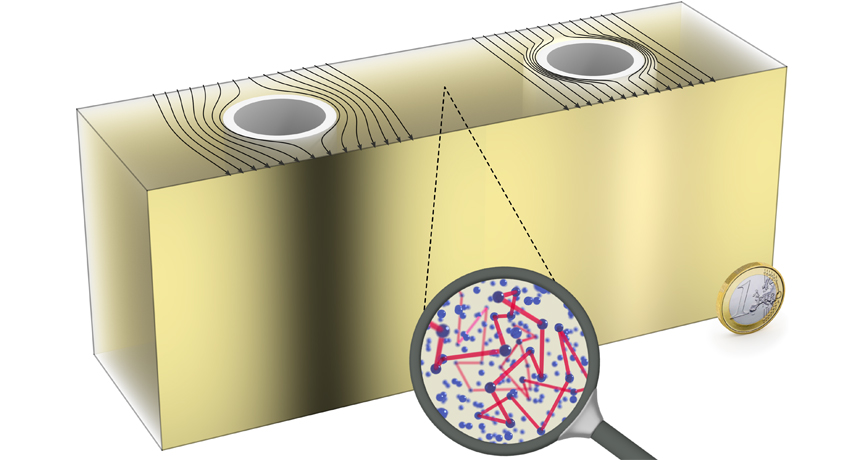Hazing: How to hide in nearly plain sight
A new cloaking device can hide objects when a light fog is present

Light moving around an object creates a shadow (the dark stripe at left). But when an invisibility cloak guides the light around the object (right), the shadow vanishes and the object becomes largely invisible. This technique works only in a haze — like fog or a cloud — where light bounces through a material like a pinball.
R. SCHITTNY/KARLSRUHE INSTITUTE OF TECHNOLOGY







